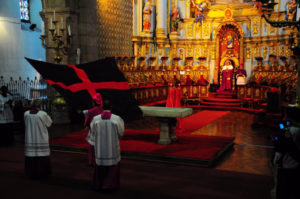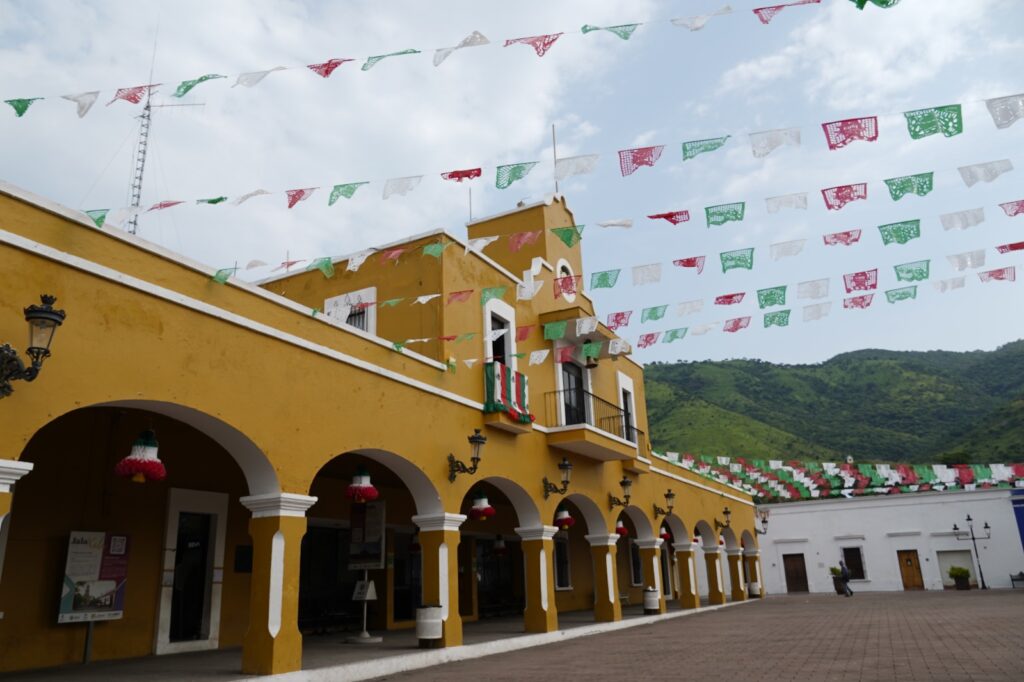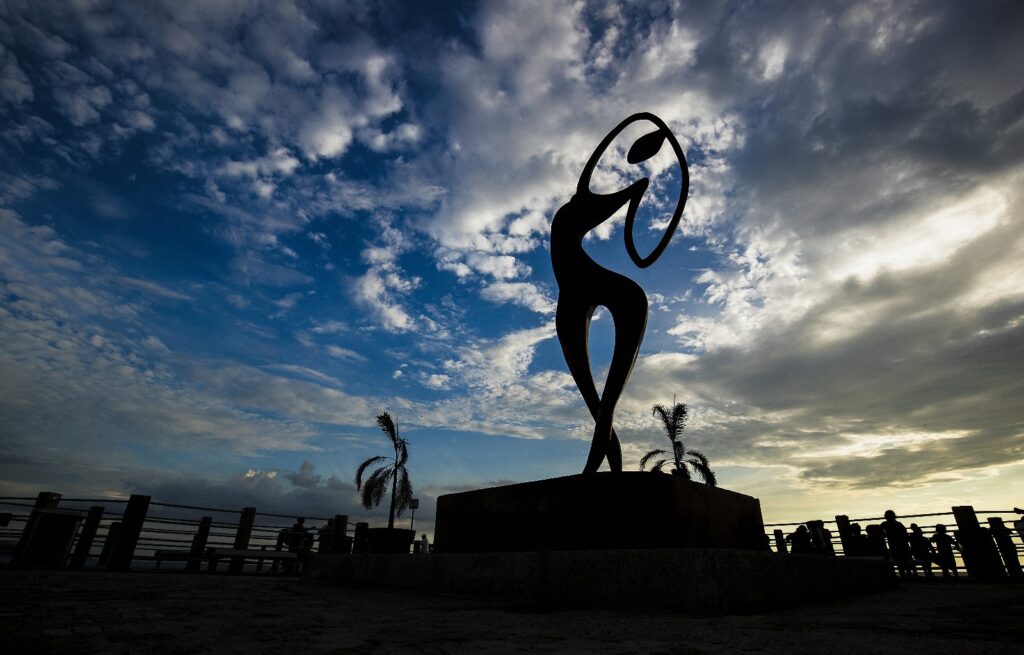|
New York, March 17, – Semana Santa, or Holy Week leading to Easter, is one of the most unique times to be in Quito. The elaborate religious processions are the most distinguished and memorable religious events in Latin America.
Taking place from March 19 to April 5, Quito’s Holy Week offers the opportunity to experience traditional rituals that go back to the times of the Christ, contemporary and medieval music and Andean gastronomy within the framework of the celebration of Easter.
The celebration of the Arrastre de caudas dates back to Roman times when military men mourned fallen generals. Quito is the only city in the world that still practices the ritual. Taking place on Holy Wednesday, this liturgical act takes place in the Cathedral with a leading priests dressed in hooded black cape with a 7-foot tail that symbolizes the sins of the world. Other priests lay down on the floors of the heard of the Cathedral in similar fashions while a large black flag is flown over their bodies and believers. The ritual represents the passing of the fallen’s spirit to the participants.
Locals and visitors alike join in a traditional circuit visit of at least seven churches during Holy Thursday when all churches in Quito are elaborately decorated in celebration of Easter.
On Good Friday the majestic procession of the Jesus del Gran Poder is an awe-inspiring interpretation of the Via Crucis with thousands of purple hooded pennants moving the massive march along the streets of the historic center.
The XIV International Sacred Music Festival takes place from March 19 to April 2ndwith Quito’s most sacred grounds opening their doors to celebrate the holy sounds of contemporary and traditional hymns from across the world. The festival also features renditions of Christian tunes from the Middle Ages in Quito’s Historic Center churches.
The season’s main dish is Fanesca, a rich soup made with 12 different Andean beans representing Jesus’ apostles. The traditional dish is enriched with figleaf gourd (sambo), pumpkin (zapallo), and is generally garnished with hard boiled eggs, fried plantains, herbs and parsley. The most popular desserts for Fanesca are sweet figs and rice pudding.
|





